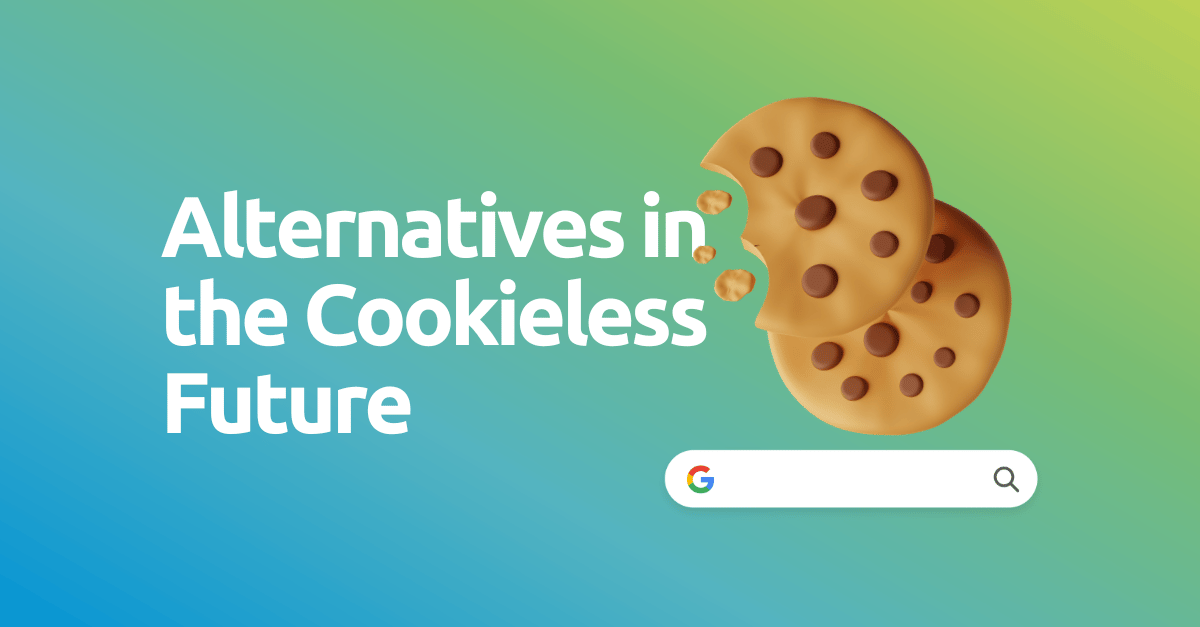|
Contents Consumer Interest in Connecting with Brands How Does Speech Analytics Work? |
The interest of consumers in connecting with brands
Customers are increasingly seeking opportunities to interact and engage with brands. This paradigm shift is driven by various factors, such as widespread internet access, the growth of social media, and the proliferation of communication channels available to users. As a result, customers have more power and higher expectations when it comes to the experience they desire while interacting with brands.
One of the main drivers of this interest is the availability of a wide range of communication channels. In addition to traditional methods like email and phone calls, users now have access to social media, live chat, instant messaging apps, and virtual assistants, among others. These channels provide customers with greater convenience and flexibility when interacting with brands, allowing them to choose the method that best suits their needs and preferences.

In addition, customers seek instant experiences. With the fast-paced nature of today's life, users value the speed and responsiveness of brands. They expect quick responses to their inquiries and swift solutions to their problems. At the same time, customers also seek to feel valued and heard, expecting interactions that go beyond mere commercial transactions and instead foster authentic emotional connections.
This shift in customer preferences has prompted brands to adopt user-centric communication strategies. Specialized customer service teams have emerged, and there is a greater focus on the quality of interactions. Furthermore, the use of technologies like speech analytics allows brands to better understand the needs and preferences of customers through the analysis of verbal conversations.
What is speech analytics?
Speech analytics has emerged as a key tool in the retail sector to understand and leverage valuable information found in verbal interactions between customers and customer service agents. Through natural language processing and advanced algorithms, speech analytics allows for the extraction of relevant insights and the transformation of large volumes of voice data into actionable knowledge.
In the context of the retail sector, speech analytics has become an essential tool for gaining a competitive advantage and enhancing the customer experience. Phone conversations, online chats, voicemails, and other verbal interactions serve as valuable sources of information that can reveal customers' needs, preferences, and opinions.
By understanding and analyzing these interactions, retail companies can gain deep insights into what their customers truly desire and how they feel about the products, services, and experiences provided. This enables businesses to effectively tailor their sales, marketing, and customer service strategies to meet the changing demands of the market and ensure a positive customer experience.
How does speech analytics work?
Speech analytics operates through the use of natural language processing (NLP) and machine learning algorithms. Firstly, automatic transcription and segmentation of audio recordings into text are performed, enabling easier analysis and searchability. Next, NLP techniques are applied to identify keywords, emotions, linguistic patterns, and other relevant elements in the speech.
These data are analyzed collectively, allowing for the identification of trends, recurring issues, improvement opportunities, and other valuable insights. The results of speech analytics can be presented in the form of clear reports and visualizations that facilitate data interpretation by management and decision-making teams.
Objectives of speech analytics
The objectives of speech analytics in retail are to improve operational efficiency, optimize customer service, and deliver personalized experiences. Here are some of these objectives briefly described:
-
Understanding customer needs and preferences: Speech analytics aims to deeply understand customers' needs, desires, and preferences by analyzing verbal interactions. This helps identify what customers truly want, the problems they face, and the features they value in products or services.
-
Optimizing customer service: By analyzing conversations between service agents and customers, speech analytics seeks to improve customer service. Areas for improvement in communication are identified, service quality is evaluated, and feedback is provided to enhance performance. This results in more effective customer service, efficient problem resolution, and positive experiences.
-
Personalizing the customer experience: Speech analytics enables the customization of the customer experience by understanding individual preferences and needs. Personalized recommendations and solutions are offered, tailoring the customer experience uniquely for each person. This fosters customer loyalty and satisfaction, increasing retention and repeat purchases.
-
Detecting trends and patterns: Speech analytics identifies trends and patterns in verbal interactions to gain valuable insights into consumer purchasing behavior. Analyzing large volumes of voice data reveals customer preferences, emerging trends, recurring issues, and improvement opportunities. These insights inform strategic decisions and keep the company updated in response to changing market demands.
-
Improving operational efficiency: Through the analysis of verbal interactions, speech analytics identifies inefficiencies and issues within internal processes. This allows for implementing improvements, optimizing resource management, reducing costs, and increasing overall productivity of the company.
Real-time Speech Analytics vs. Historical Speech Analytics
Real-time Speech Analytics and Historical Speech Analytics are two different approaches for analyzing verbal interactions in the retail sector.
Real-time Speech Analytics analyzes conversations in real-time, extracting instant insights and recommendations during the call. Its main advantages include immediate improvement in customer service, reduced workload for supervisors, and the ability to identify improvement opportunities and personalize the customer experience in real-time.
On the other hand, Historical Speech Analytics is conducted retrospectively, analyzing call recordings after they have taken place. Its benefits include a broader and comprehensive view of trends and patterns over time, identification of recurring issues, and support for long-term strategic decision-making.
Conclution
In conclusion, speech analytics has emerged as a key tool in the retail sector to understand verbal interactions and leverage the valuable information they contain. It allows for a deep understanding of customer needs and preferences, optimization of customer service, personalization of the experience, trend detection, and improved operational efficiency. By harnessing the power of natural language processing, businesses can deliver exceptional experiences tailored to the changing demands of the market, ultimately fostering customer loyalty and satisfaction.




.png)
